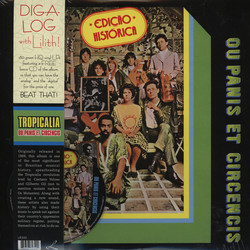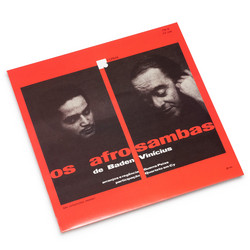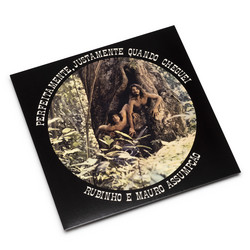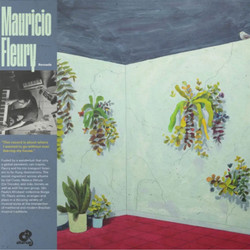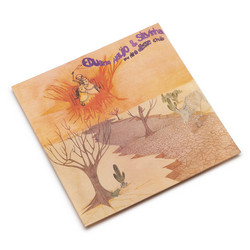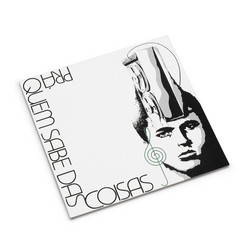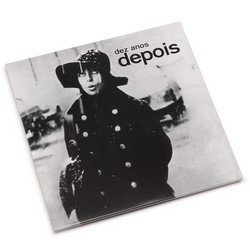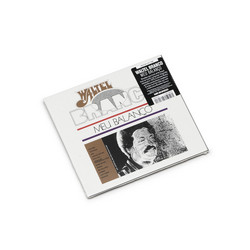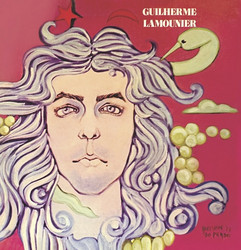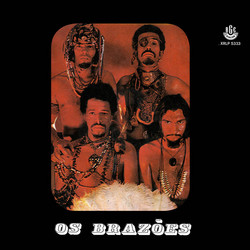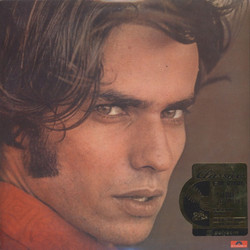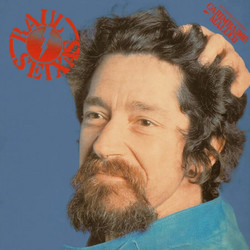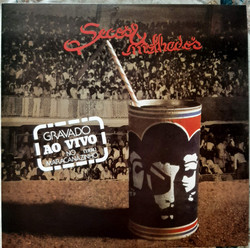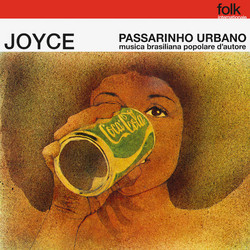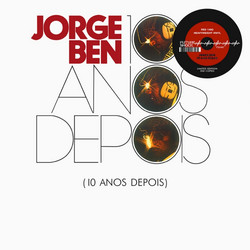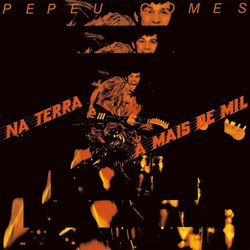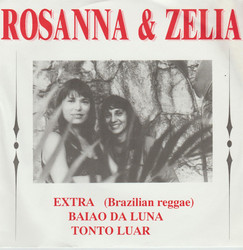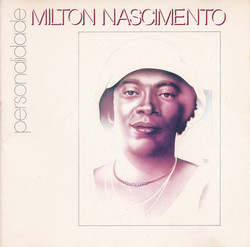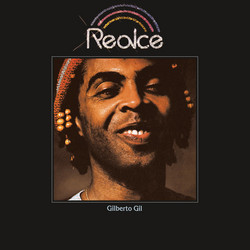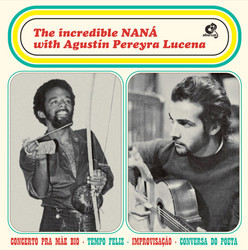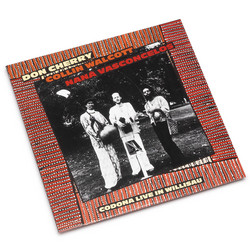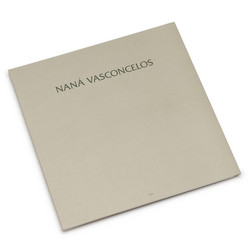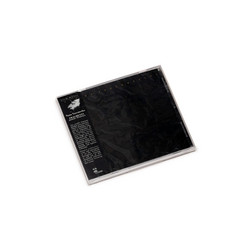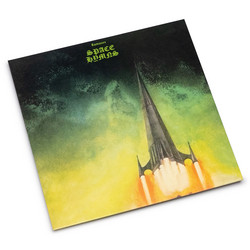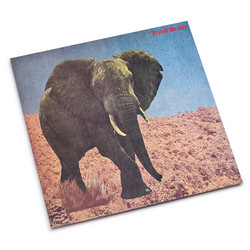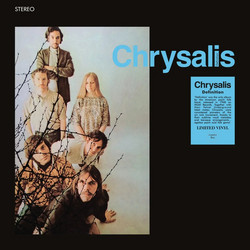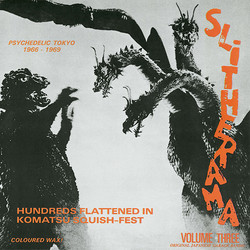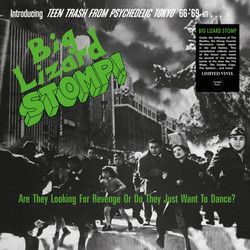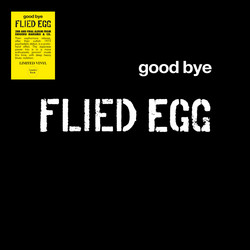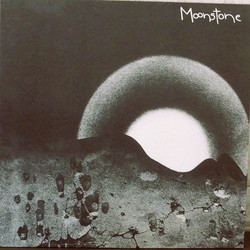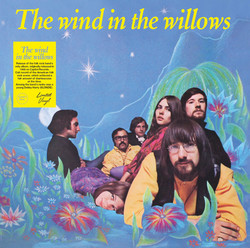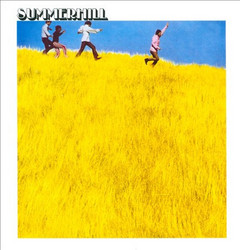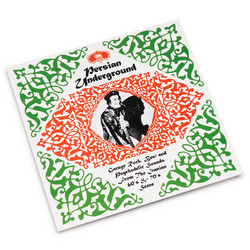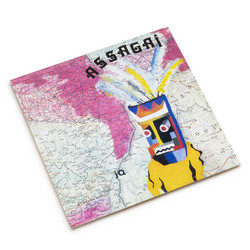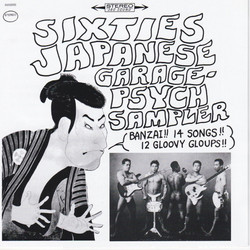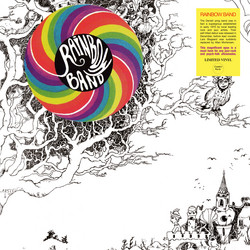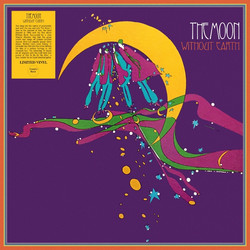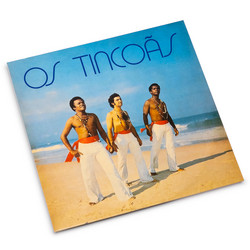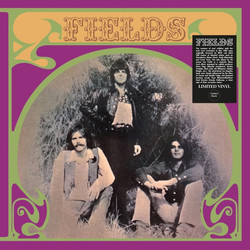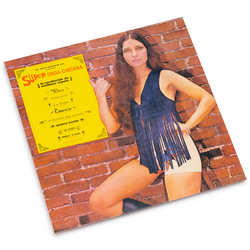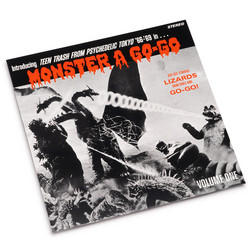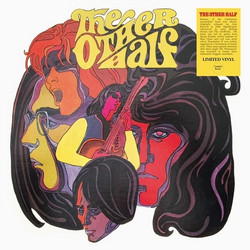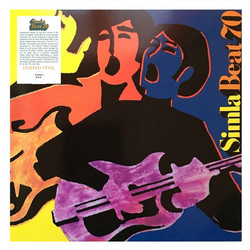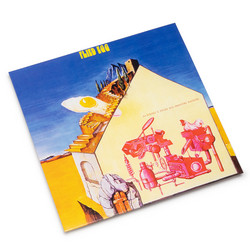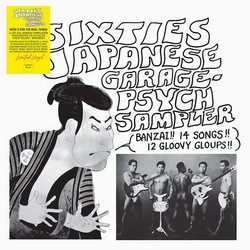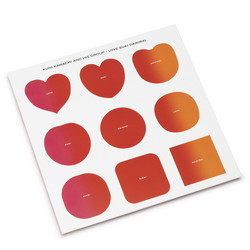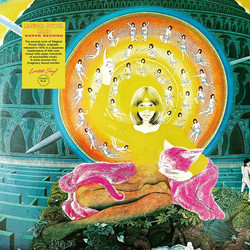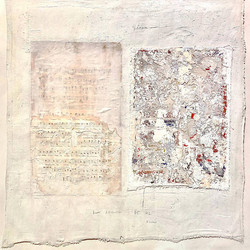Tip! Nana Vasconcelos’ Amazonas remains a vital artifact from the early 1970s, a period when the boundaries of Brazilian music stretched restlessly towards international horizons and deeper experiments in sound. Recorded predominantly as a solo project at Phonogram Studios in Rio de Janeiro, the album locates Vasconcelos in an intimate dialogue with percussion, voice, and the berimbau, instruments that he transforms into vehicles for storytelling as much as rhythmic exploration. Rather than presenting a survey of tropical exuberance, Amazonas embraces the background noise and interiority of the Amazon itself, weaving found atmospheres and subtle vocal motifs into multi-layered polyrhythmic structures. Through each track, Vasconcelos channels an ethos of discovery, his textures at once grounded in the traditions of Brazilian folk and floating in the liminal spaces where improvisation becomes meditation.
The album’s essence is solitude without isolation—a stark contrast to the collaborative work Vasconcelos would soon develop with international figures like Jon Hassell, Don Cherry, and Pat Metheny. Here, the rhythmic language is urgent yet spacious, the melodic lines spoken like fragments of memory. The berimbau’s distinctive resonance anchors much of the album, establishing kinetic tension that is advanced by layers of hand percussion and subtle vocal incantations. Vasconcelos’s approach is always architectural, investing even fleeting gestures with structural weight and narrative intent. His employment of polyrhythms is striking, not as a demonstration of virtuosity but as an invitation to dwell in the complexity and joy of sonic plurality.
With Amazonas, Vasconcelos crafts not only a document of Brazilian percussion but a universal vocabulary of sound—echoes, pulses, hums, and breaths given shape and sequence. Its continued relevance owes much to Vasconcelos’s sensitivity to his own heritage and his openness to the musical unknown. Decades later, listeners return to Amazonas for its poetic restraint, the unpretentious clarity of its vision, and the singular warmth its composer brings to each instrumental gesture. The record situates itself comfortably among the rare masterworks of Brazilian experimental music, simultaneously emblematic and utterly inimitable.
